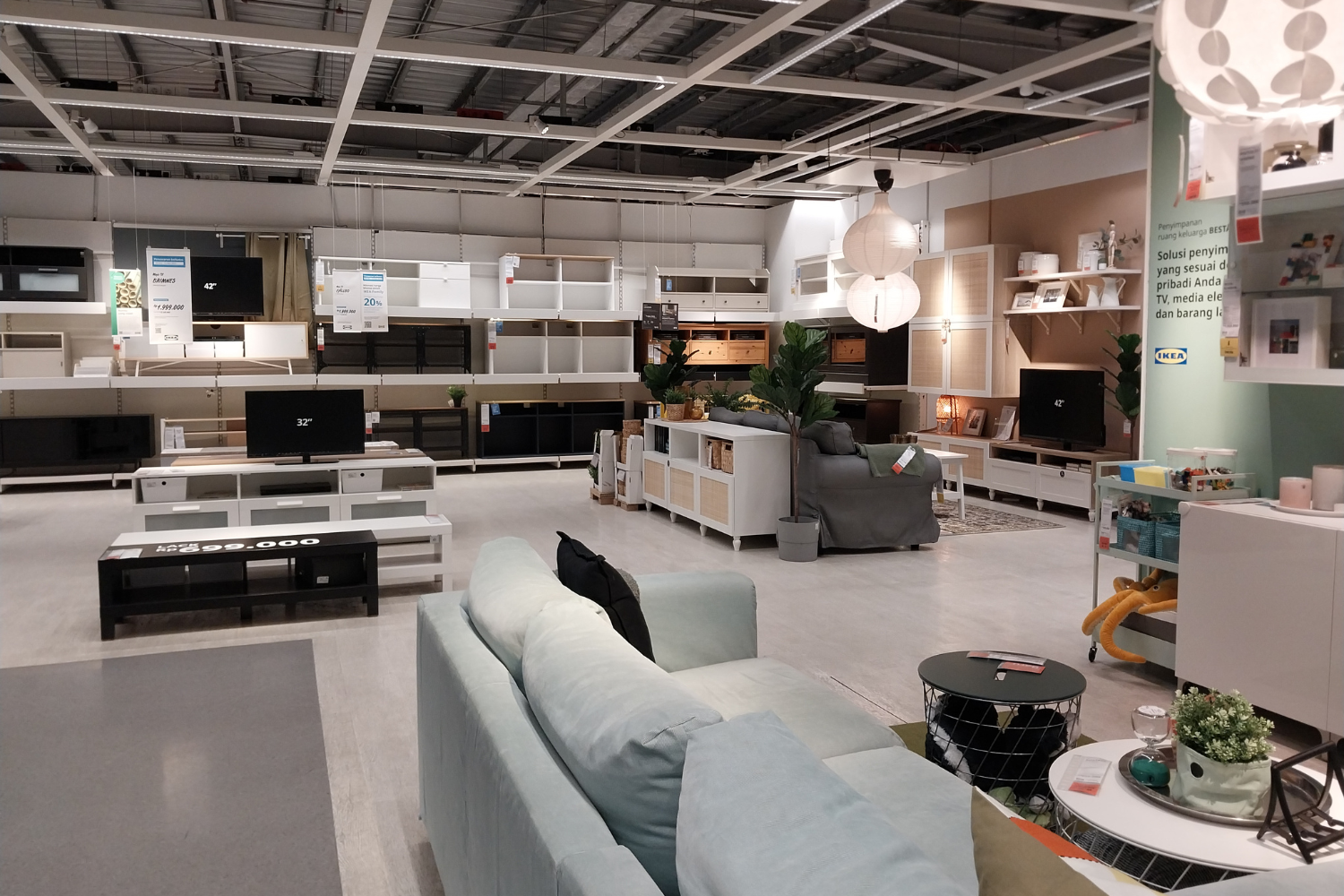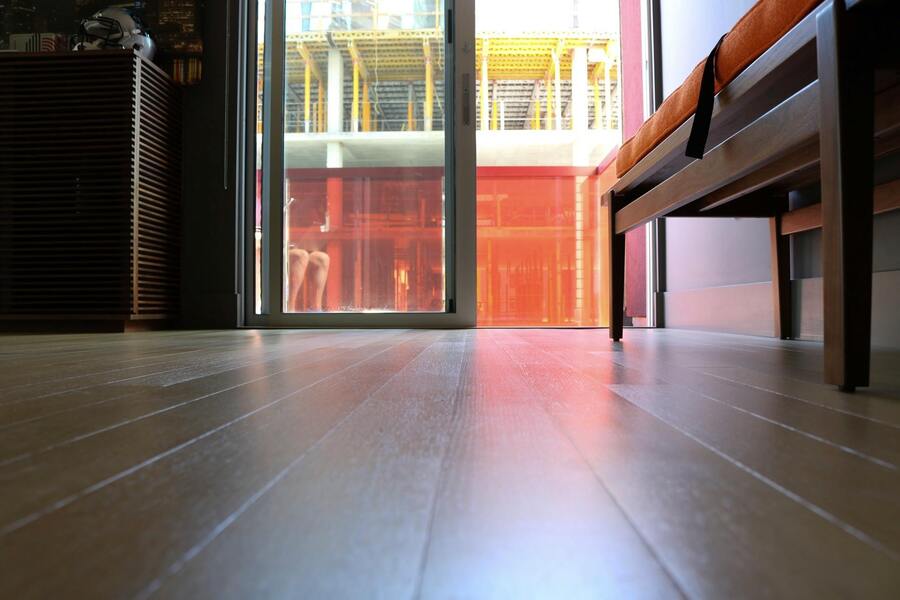- Home
- Articles
- Architectural Portfolio
- Architectral Presentation
- Inspirational Stories
- Architecture News
- Visualization
- BIM Industry
- Facade Design
- Parametric Design
- Career
- Landscape Architecture
- Construction
- Artificial Intelligence
- Sketching
- Design Softwares
- Diagrams
- Writing
- Architectural Tips
- Sustainability
- Courses
- Concept
- Technology
- History & Heritage
- Future of Architecture
- Guides & How-To
- Projects
- Interior Design
- Competitions
- Jobs
- Store
- Tools
- More
- Home
- Articles
- Architectural Portfolio
- Architectral Presentation
- Inspirational Stories
- Architecture News
- Visualization
- BIM Industry
- Facade Design
- Parametric Design
- Career
- Landscape Architecture
- Construction
- Artificial Intelligence
- Sketching
- Design Softwares
- Diagrams
- Writing
- Architectural Tips
- Sustainability
- Courses
- Concept
- Technology
- History & Heritage
- Future of Architecture
- Guides & How-To
- Projects
- Interior Design
- Competitions
- Jobs
- Store
- Tools
- More

Table of Contents
ToggleWho is Ece Yetim? Can you tell us about yourself?
I am an architectural designer and an illustrator based in New York. I am currently at Studio Daniel Libeskind working on master planning and residential projects. Before my masters degree in Princeton University School of Architecture, I was working at AKS Architecture Office in Istanbul on residential and office buildings. I am also experienced in vernacular building techniques by working in Tokyo with Atelier Bow Wow and in Agadir with BC Architects. I really enjoy working with different practices in different parts of the world.

What does architecture mean to you?
Having worked at many offices with different visions, I realized that architecture aims for a common goal despite its scale.
To illustrate, I would like to tell you about my working experience in comparison. For instance, the recent project I worked on at Studio Daniel Libeskind was Maggie’s Center in London, which aims to motivate patients with cancer and create an alternative reality through its sculpturous form.
On the other hand, working at Atelier Bow Wow in Tokyo, made me realize that the urban conditions are essential aspects of architecture which determines human behaviour and the design itself. Throughout the extremely detailed physical models I made for “Urban Forest” in Germany and “Tree House” project in Greece, I learned that context and the unbuilt environment play a critical role in the design process. Moreover, working with Yoshiharu Tsukamoto for comprehensive axonometric drawings which were exhibited in the 2nd Istanbul Design Biennial and for the Osthang Project in Darmstadt, I grasped the importance of urban context and how it subconsciously determines the users’ behaviour in everyday life, therefore architecture.
Architecture is a long lasting process with different priorities. Whether defining it with form or context; it aims to change users’ mood in an unexpected, better way.
In addition, I believe that today’s building techniques are not synced with today’s digital pace. That is why I strongly believe that architectural representations through different materials and perspectives are absolutely critical. They create an alternative and multilayered narrative through different lenses which would invite many different voices in a common ground.

How did the idea of “Affectionate Furniture” come about? Can you tell us about the design process?
I always find it very interesting how architects use chairs as a powerful language to declare their architectural statement through stability, material and how they design the body within the movement. I think that chair is the most human scale unit in architecture, it is the smallest component of a design idea to show the structure, form and materiality in relation to the user.
For example, working for Libeskind furniture design for David Gill Gallery, I came across the chair as a power of an architectural language. Moreover, my thesis in Princeton School of Architecture questions the kinematics of the contemporary body in digital trauma. I believe that the haptic sense in architecture is very essential for the users in order to be fully driven by the design.
In addition, ever since COVID-19 outbreak drastically cut off physical contact through everyday life, physicality has become a taboo. Having no physical contact, no touch or not being touched during self quarantine for a period of time, could result in serious consequences such as depression, anxiety, stress and sleeping issues. In order to address this problem, I used the very first unit, the chair, to provide the much needed touch by transforming the chair into a collaborative landscape. I am very influenced by Kiesler’s “Endless House”, biologic architecture as well as Luce Irrigaray’s gender and semiotics.


-Besides working in prestigious architecture offices around the world, you also participated and worked for notable architectural exhibitions internationally and digitally (the last one was “Future of _Space” by Architecture+Design Museum in LA). How do you expect COVID19 to make changes in that regard?
To prevent contact in any means, the spaces, programs and social behaviours are now in a drastic transposition, so as architectural exhibition spaces. Co-curating “ Too Fast Too Slow” architectural show, working at architectural exhibitions of “44 Low-resolution Houses”, “Liquid La Habana”, as well as some international architecture biennials such as 16th International Venice Architecture Biennial and 2nd Istanbul Design Biennial, I found out that physical teamwork is highly eminent in order to create an idea through means of architecture. There are different interpretations for exhibition making for the pandemic, however I believe that experiencing the design through its context, materiality and haptic senses are crucial for the practice of architectural exhibition making. I think it is a big concern in the new normal.

Finally, what advice would you give to young people who want to advance their career as a successful designer like you?
In my case, visiting different continents and working with major architecture offices with different visions helped me to understand my field of interests and changed my perspective for architecture. I believe that traveling and producing architectural drawings are absolutely critical for a successful architect. In order to experience the architecture and quality of the space, its context in everyday life has to be observed.
illustrarch is your daily dose of architecture. Leading community designed for all lovers of illustration and #drawing.
Submit your architectural projects
Follow these steps for submission your project. Submission FormLatest Posts
Space Planning for Industrial Showrooms in Rural Settings
The design of industrial showrooms in rural settings presents unique challenges for...
Efficient Tips To Organize And Protect Items During a Renovation Project
A renovation project can transform a living space, but the process often...
Smart Sidewalks: Integrating Sensors, Lighting, and Connectivity Into Walkways
Sidewalks may seem like simple slabs of concrete, but new technology is...
Water Leaks That Ruin Your Walls and Floors
Water leaks can cause severe damage to your home, particularly when they...












Leave a comment